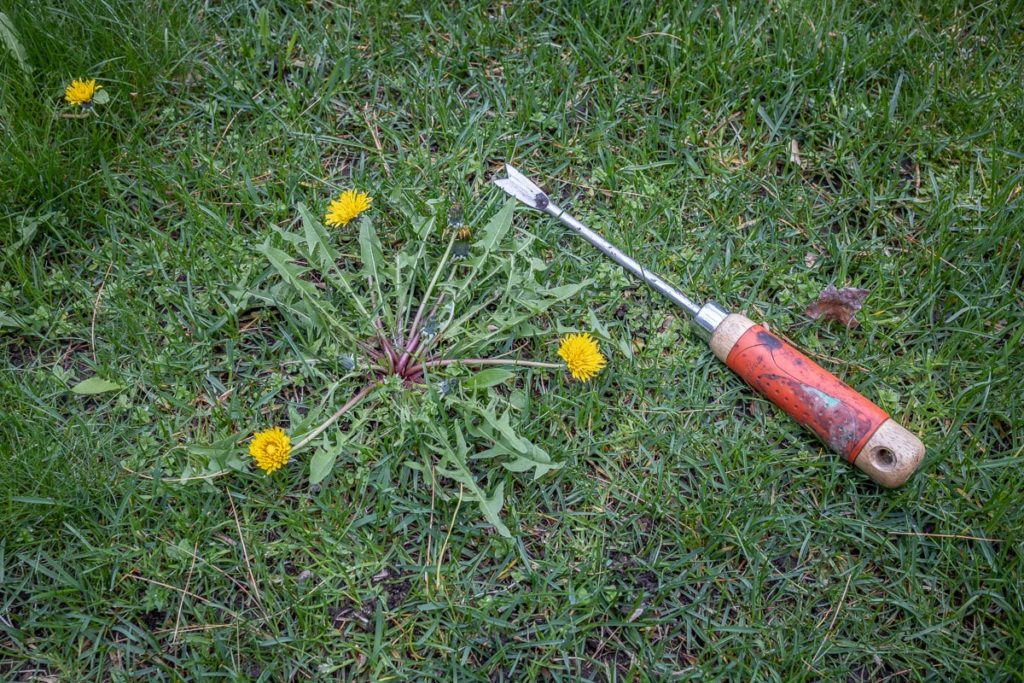Must have tools every gardener needs
If you had to spend the rest of your life on a desert island and could only pick a handful of essential gardening tools, what would you bring?
Don’t worry, we will tell you precisely what you need.
Here is our list of essential tools that every gardener should have. We also list tools that aren’t essential but are worth considering depending on your needs and the type of gardening you are doing.
One caveat, these tools are ideal for anyone who has a yard. If your garden site is tiny (like a balcony in an apartment building), then you likely only need a hand trowel and a pair of hand pruners or gardening scissors. If this sounds like your situation, then you can stop reading. For everyone else, here are the essential and pretty essential tools that you should have:
Garden Spade — ESSENTIAL
A D-Handled/D-Grip garden spade is a highly versatile and essential tool for gardeners. It is hands down the most important tool for gardeners. Every gardener needs one, and if you don’t have one, you can learn all about it here.
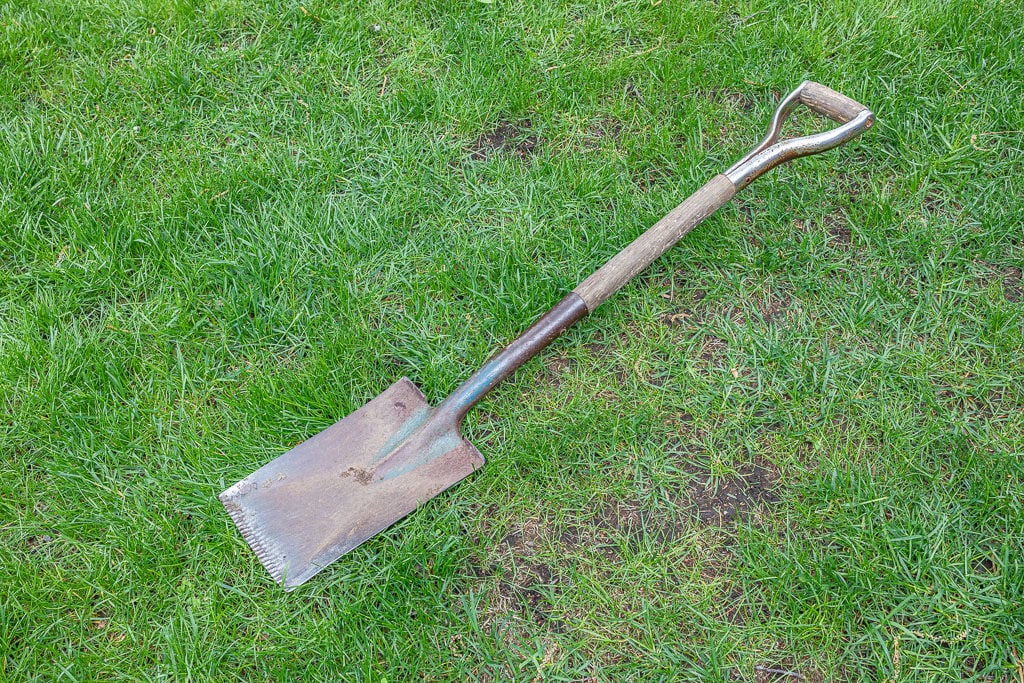
Round point shovel — ESSENTIAL
Although a spade is the swiss army knife of garden shovels, every gardener needs a round point shovel. They are solid digging shovels and great for transferring dirt or mulch as well, and since they are the most common shovel type, they can be very inexpensive. We prefer the D handle shovels as they provide a bit more control but can be tough on the back, especially when moving a lot of dirt around. Long-handled shovels can help reduce the strain on your back and provide additional leverage for prying rocks out of the ground. Just be careful not to use too much force as you will break or bend the shaft.

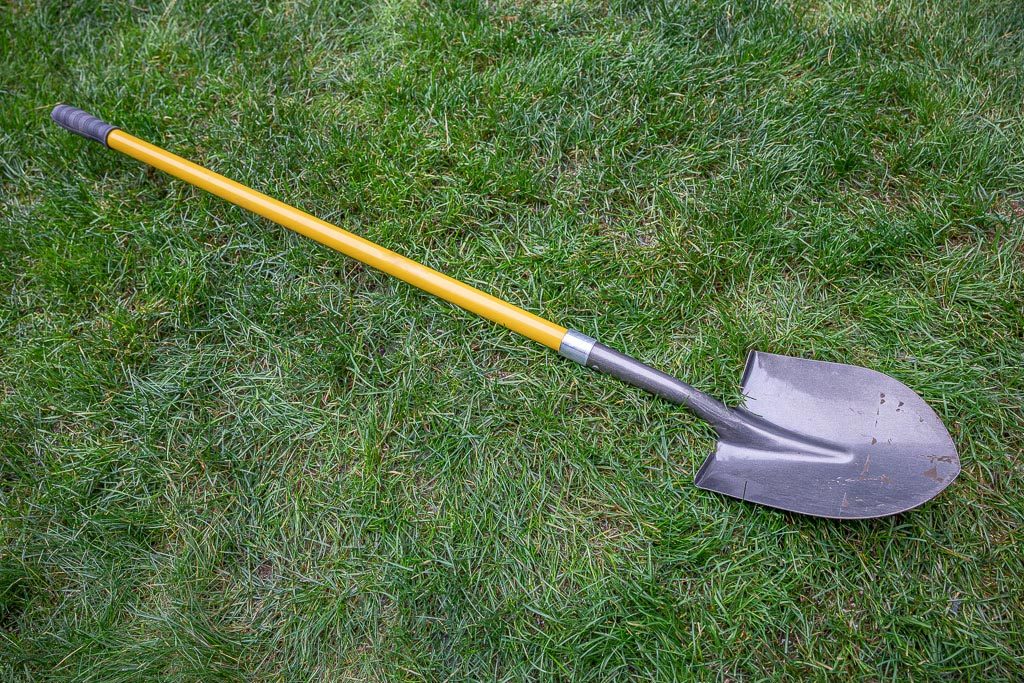
Level head Iron Rake — ESSENTIAL
The level head iron rake is perfect for grading. As long as it is wielded correctly, it can help you level any garden bed to perfection. This is especially important when installing a garden bed next to a building foundation. You want to ensure that there is a gentle slope away from the foundation to keep water from getting into and under the building.When using an iron rake for grading, the rake should be held close to your body and at a steep angle (between 5 and 40 degrees). By keeping it at such a steep angle, you will have more control over it, which in turn allows you to get a more even grade. Try it—it may seem awkward at first, but you’ll soon see the results!

Metal Tine Rake — ESSENTIAL
Leaves and trimmings are easily removed with a spring steel metal tine rake. What makes these rakes so useful is that they are also great for raking in and around small plants in garden beds. Metal tine rakes are made of spring steel and are gentle and forgiving when pressed lightly against the ground so you can get leaves out of a garden bed without tearing up the plants too much. If you need them to be a bit more aggressive (such as dethatching a lawn), you can press the rake head firmly into the ground while raking, and it will get the job done. They also work great for spreading fertilizer and grass seed around after it’s applied to bare ground.
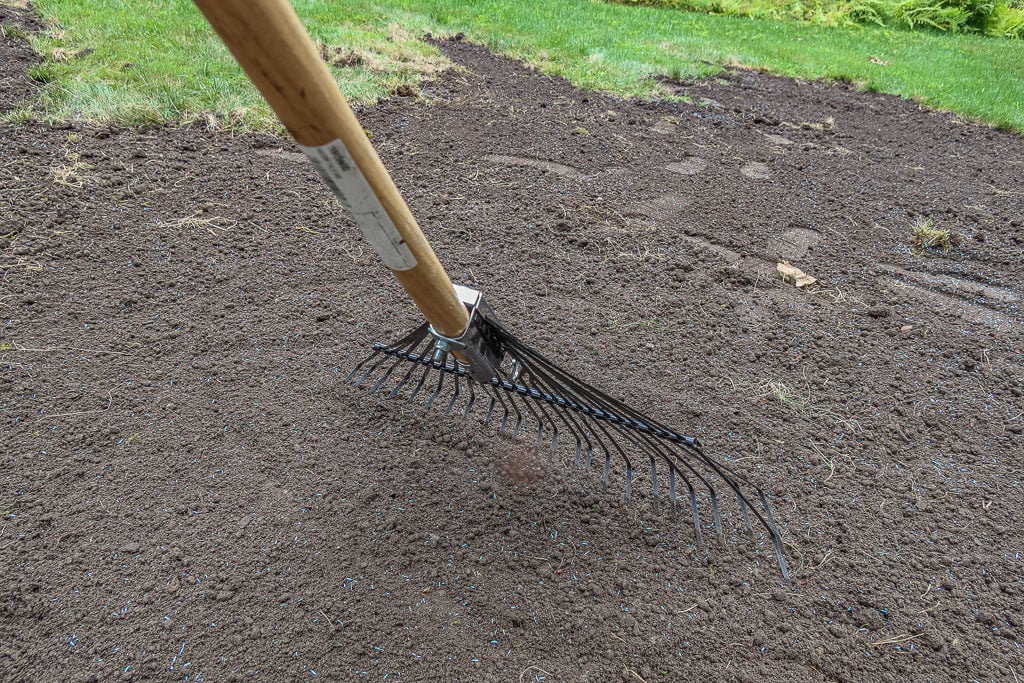
Folding Saw — ESSENTIAL
A small folding pruning saw is perfect for removing branches that are too big for hand pruners. These saws are razor sharp and make short work out of branches one to six inches thick. Many are very inexpensive. As long as you take care of them, they will last for years. Careful not to bend them, which can happen when sawing, and they get pinched when a branch falls. This makes it challenging to work since they won’t be able to cut straight. Since they fold like a pocketknife, they are easy to store safely and compact enough to keep in a small bag of gardening hand tools.

Hand Pruners — ESSENTIAL
Good hand pruners are essential, and if they are well built and precision-engineered you should be able to use them for removing branches up to a half-inch in diameter and for deadheading and cutting back perennials. You will want to get a pair of good bypass hand pruners.

Hand Trowel — ESSENTIAL
Hand trowels are great for planting annuals, smaller perennials, started vegetables, and any other small plants that come in 2 qt or smaller containers. They also help with weeding, bulb planting, and scratching fertilizer or other amendments into the ground. They are available in metal and plastic. We like the plastic ones for light-duty work in cultivated soils and metal ones for tougher ground. Just look out for the inexpensive stamped metal trowels, which are not very strong. They bend very easily, and you may as well get a sturdy plastic trowel instead.

5 Gallon plastic bucket — ESSENTIAL
A plastic 5 gallon bucket is a must have item. Buckets are perfect for holding weeds, amendments, fertilizers, liquids and serving as an impromptu seat or for holding your harvests. There are even “bucket accessories” you can attach to hold tools and other gardening supplies. The only downside to a 5 gal plastic is they look ugly so they need to be put away after using them so please don’t let them sit out in your yard for weeks on end. In addition, they can be a serious hazard for really young children (Hence the child in a bucket warning on the sides of most 5 gallon pails) so if you have young children that are just learning to walk or even toddlers you may want to look into cloth bags or other containers or just be sure to always put your bucket away in an area not accessible to children.
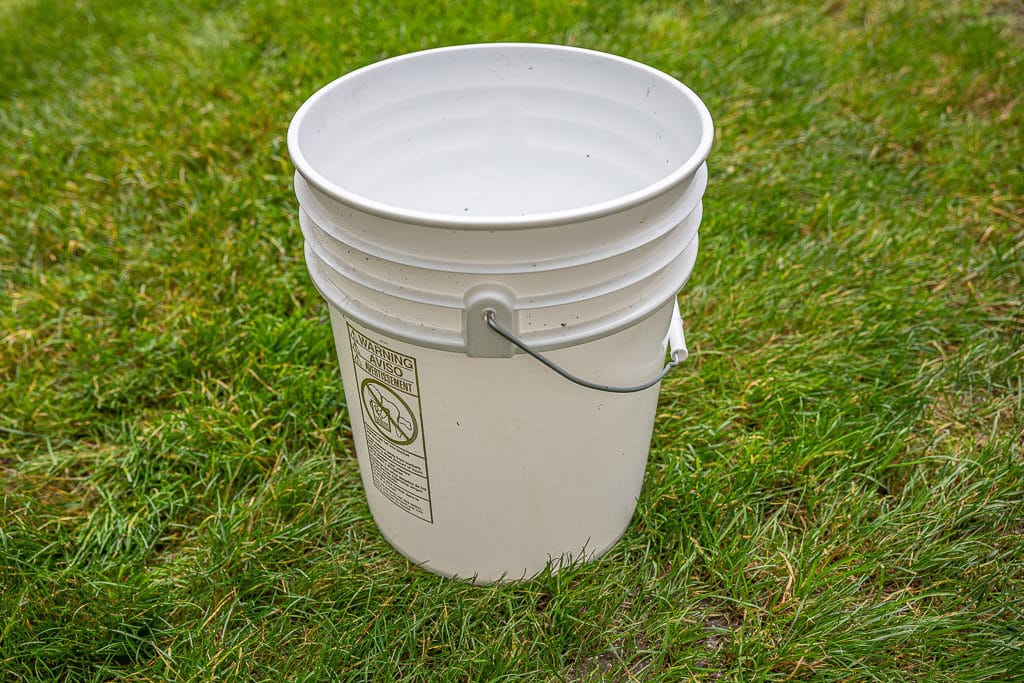
Trenching Shovel — ALMOST ESSENTIAL
A D-Handled trenching shovel is the stiletto of the gardening world. Designed to help you dig deep and narrow trenches, it works perfectly for penetrating compacted and rocky soils when you need to dig a hole, transplant, or remove shrub. Its compact size and reduced surface area helps you punch through tough to dig soils.
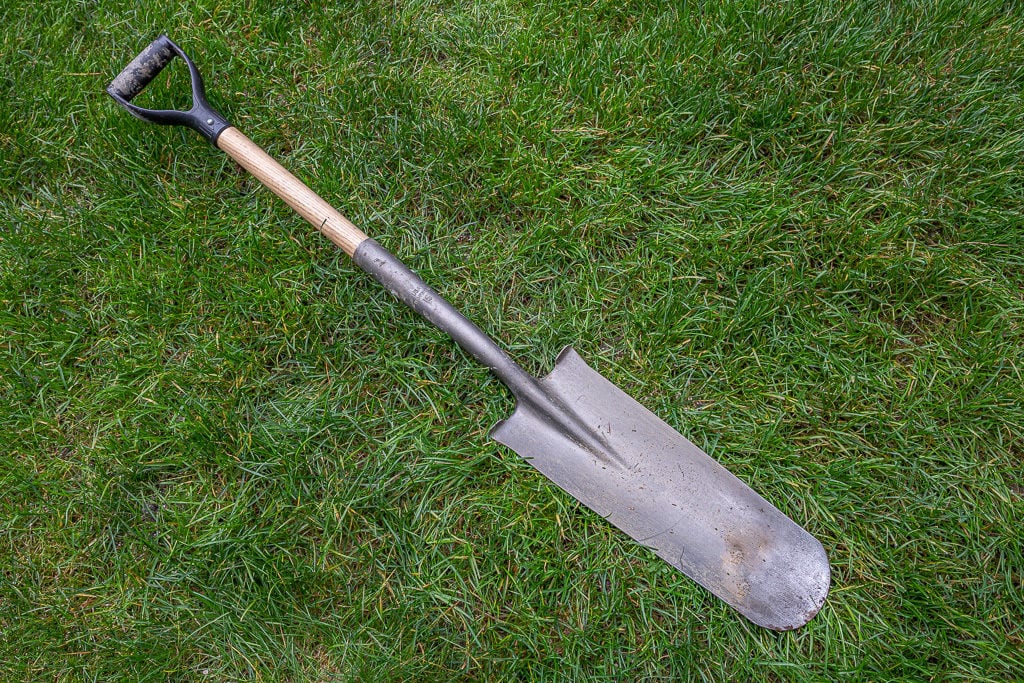
Large plastic or bamboo rake — ALMOST ESSENTIAL
For large areas of the lawn that need dethatching or leaf removal. Large plastic or bamboo headed rakes are useful. If you have a smaller yard, they aren’t essential but are great for dealing with fall leaf cleanups. They help you rake more leaves at once, and you can use them to scoop leaves off the ground to put them into a leaf bag, tarp, or wheelbarrow. They also help with finish grading of dirt or mulch.
Dandelion puller — ALMOST ESSENTIAL:
A great tool to add to your gardening tool box is a simple hand weeder or “Dandelion” puller. To use it, insert it into the ground next to the weed and either pry the weed out roots and all or slice the roots well below the surface and pull out the weed. This is a great tool for weeds with deep “tap roots” Like dandelions or Pokeweed. As a general rule, you should try to remove weeds roots and all. Often weeds that break off at the surface will sprout again.
